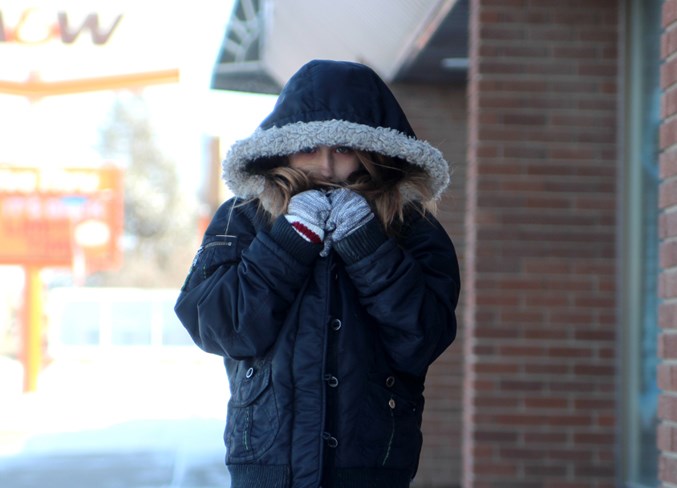With the frigid temperatures, frostbite is a major concern for anyone spending long periods outdoors.
Frostbite is freezing of the skin due to prolonged exposure to cold temperatures, usually occurring on the face, hands and feet. Depending on the temperature and wind chill, frostbite can form in mere minutes.
Dr. Mayank Singal, medical officer of health with Alberta Health Services (AHS), said there are different severities of frostbite, ranging from grade 1 to 4.
“Grade 1 frostbite... is basically the freezing of the most outer layer of skin. Often times, people have colour changes, for example, fingers will change colour to red, white, and sometimes blue. They become numb and hard, but there’s no blistering,” he explained.
“Grade 4 basically means freezing has gone down to the bone, and that’s the worst. Unfortunately, that means the tissue is no longer alive anymore and it actually died... That limb, or toe, often needs to be amputated, and that’s the worst possible outcome for a frostbite injury.”
If you suspect you might have frostbite, Singal suggested getting back into a warm place and running warm water over the body part if it’s possible.
“If your hands are frostbitten, you can warm them under some hot water. The water temperature shouldn’t be too hot... just a bit higher than body temperature,” he detailed, adding to get someone’s help to ensure the water isn’t too warm.
One factor to keep an eye out for when you suspect frostbite is when skin changes colours, and if everything goes back to normal once you have spent time in a warmer environment.
“If it’s happening that the sensation isn’t coming back, the colour isn’t looking normal, and there are blisters that suggest there’s a more severe injury, that would be a good time to get some medical attention,” Singal suggested.
While some may have severe cases of frostbite, the numbness caused by it prevents people from realizing the extent of the injury.
“Once you lose that sensation in your extremities, you don’t feel the damage that’s happening. It’s almost like you’ve lost your pain perception, and you can’t feel the damage that’s going on,” described Singal.
If you do plan to go outside when it’s cold, ensure that you’re dressed properly.
President of Bonnyville Search and Rescue, Stephen Medford, suggested the buddy system similar to when they’re searching for a missing person
“Your (search teams) are three people going out, so at least two people are looking at each other once in a while to check. After a while, you might feel cold, but you won’t notice frostbite,” he said.
While exercise and staying fit is important, staying outside for long periods of time during the winter may cause more harm than good.
“It’s important to be active during the season, but sometimes it just might be too cold to be out for too long. It’s always good to be physically active and have fun, but also be safe about it,” Singal noted.
Anyone who believes they have a severe case of frostbite should see their doctor, go to the emergency clinic, or call AHS Health Link at 811.



